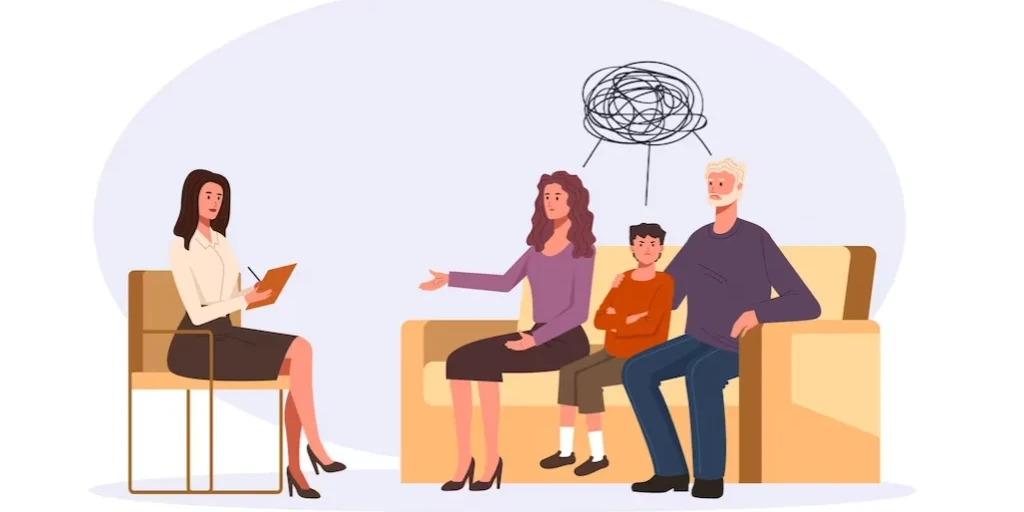24/7 Helpline:
(866) 899-221924/7 Helpline:
(866) 899-2219
Learn more about Heroin Rehab centers in Clay County

Other Insurance Options

BlueShield

Health Net

Aetna

Self-pay options

Holman Group

Sutter

MVP Healthcare

Oxford

Optum

CareSource

UnitedHealth Group

Absolute Total Care

Kaiser Permanente

Premera

Optima

Sliding scale payment assistance

Humana

Access to Recovery (ATR) Voucher

PHCS Network

Highmark



















MedMark Treatment Centers Murphy
MedMark Treatment Centers Murphy is a private rehab located in Brasstown, North Carolina. MedMark Tr...











